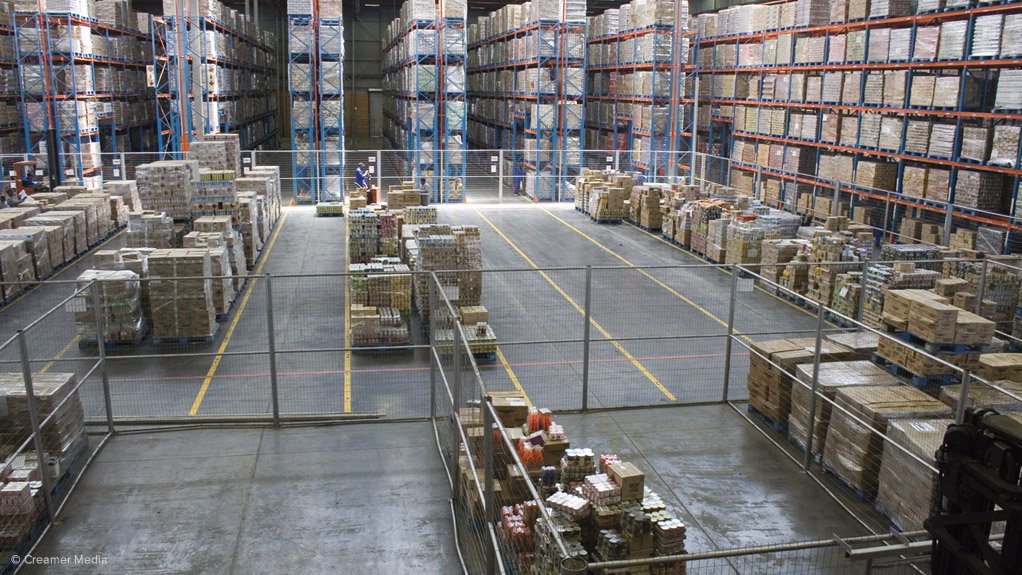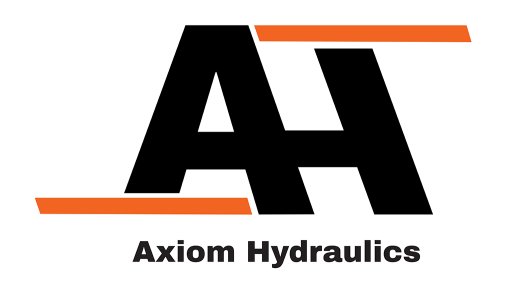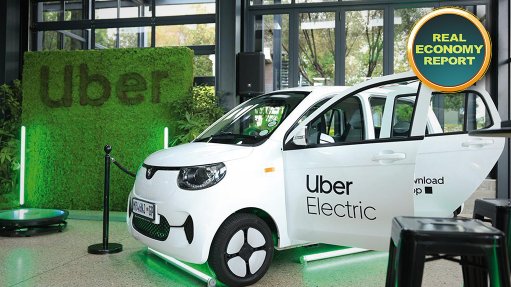Technology increases collaboration in supply chain



LOGISTIC TECHNOLOGY Logistic operators are increasingly using technology to efficiently manage the entire supply chain
Photo by Duane Daws
PWC AFRICA TRANSPORT AND LOGISTICS LEADER DR ANDREW SHAW Digitilasation creates a platform for collaboration between clients, operators and suppliers
Photo by Dauane Daws
Innovative industry players are removing intermediaries in the supply chain and threatening the market dominance of traditional logistics providers, says advisory firm PwC Africa transport and logistics leader Dr Andrew Shaw.
“Digitisation creates a common platform with opportunities for increasing collaboration between customers, logistics providers and suppliers. In South Africa, there has been a strong push to digitise, with emphasis on real-time, cloud-based digital solutions often interfaced with cellphone technology.”
Shaw indicates that digitisation has evolved to support more connected and smart supply chains, with a strong emphasis on improved system efficiency and reliability. “Many of the more innovative players are able to use digital solutions to provide improved strategic management of logistics portfolios to enhance overall system integration and capture growth.”
Automation, robotics, self-driving vehicles, telematics and the digitisation of supply chains are beginning to reshape the logistics sector, he adds. This is also creating greater opportunities for supply chain cooperation, allowing smaller providers seamless access to digital systems, and creating new niche-market value propositions.
“Same-day delivery, end-to-end value chains and multimodal solutions are creating greater integration complexity and customers are increasingly expecting rapid delivery responses. This trend is in part responsible for the boundaries between business-to-business and business-to-consumer being eroded.”
Shaw is adamant that digitisation will push traditional logistics service providers into a new collaborative and innovation- driven business model.
IoT
Shaw says the Internet of Things (IoT) has enormous application, owing to logistics solutions being distributed in nature with reliance on multiple vehicles, multiple origin and destination locations and a variety of storage solutions, distribution devices and stock control options to be effective.
“The IoT is based on software connected to sensors, actuators and global positioning system devices and is already widely used in logistics. Smart systems with access to this data can be used to reallocate items or vehicles or prioritise certain supply chain actions across a complex network.”
He indicates that this can be done in a visually accessible way, with users using handheld devices, such as cellphones, to gain access to real-time data and with smart technologies increasingly deployed to seamlessly improve logistics supply chains.
Drones are increasingly being used on a pilot basis to provide visual data integrity and facilitate deliveries in areas where it is difficult to reach using ordinary vehicles, says Shaw.
He adds that drones can be used in warehouses for stocktaking and order picking, and to improve data integrity in the supply chain. “Using them for last-mile delivery remains attractive and this has been publicised by Amazon and Google. However, there remain many practical and regulatory challenges to this solution . . .”
Autonomous Vehicles
Shaw says autonomous vehicle technologies have developed rapidly and are likely to be incrementally adopted over the next decade as the technology improves.
“In trucking, autonomous vehicles may become mainstream even faster than ordinary cars. The relative cost of the technology to the cost of the vehicle will make these technologies more attractive, and the shortage of drivers in parts of Europe is already providing an early incentive to make the technology attractive.”
He explains that autonomous trucks may be used when vehicles travel in a group with a leading driver or by vehicles that have a driver with certain ‘autonomous support’, almost like an auto-pilot, when travelling long distances on motorways.
Shaw believes that managing logistics portfolios, based on differentiating capabilities, is key to sustained growth.
“The increase is linked to the heterogeneous requirements of different industries and different market geographies. Pressure on prices and costs will remain high in this industry as a consequence of competitive pressure and high levels of innovation,” he concludes.
Article Enquiry
Email Article
Save Article
Feedback
To advertise email advertising@creamermedia.co.za or click here
Comments
Announcements
What's On
Subscribe to improve your user experience...
Option 1 (equivalent of R125 a month):
Receive a weekly copy of Creamer Media's Engineering News & Mining Weekly magazine
(print copy for those in South Africa and e-magazine for those outside of South Africa)
Receive daily email newsletters
Access to full search results
Access archive of magazine back copies
Access to Projects in Progress
Access to ONE Research Report of your choice in PDF format
Option 2 (equivalent of R375 a month):
All benefits from Option 1
PLUS
Access to Creamer Media's Research Channel Africa for ALL Research Reports, in PDF format, on various industrial and mining sectors
including Electricity; Water; Energy Transition; Hydrogen; Roads, Rail and Ports; Coal; Gold; Platinum; Battery Metals; etc.
Already a subscriber?
Forgotten your password?
Receive weekly copy of Creamer Media's Engineering News & Mining Weekly magazine (print copy for those in South Africa and e-magazine for those outside of South Africa)
➕
Recieve daily email newsletters
➕
Access to full search results
➕
Access archive of magazine back copies
➕
Access to Projects in Progress
➕
Access to ONE Research Report of your choice in PDF format
RESEARCH CHANNEL AFRICA
R4500 (equivalent of R375 a month)
SUBSCRIBEAll benefits from Option 1
➕
Access to Creamer Media's Research Channel Africa for ALL Research Reports on various industrial and mining sectors, in PDF format, including on:
Electricity
➕
Water
➕
Energy Transition
➕
Hydrogen
➕
Roads, Rail and Ports
➕
Coal
➕
Gold
➕
Platinum
➕
Battery Metals
➕
etc.
Receive all benefits from Option 1 or Option 2 delivered to numerous people at your company
➕
Multiple User names and Passwords for simultaneous log-ins
➕
Intranet integration access to all in your organisation




















